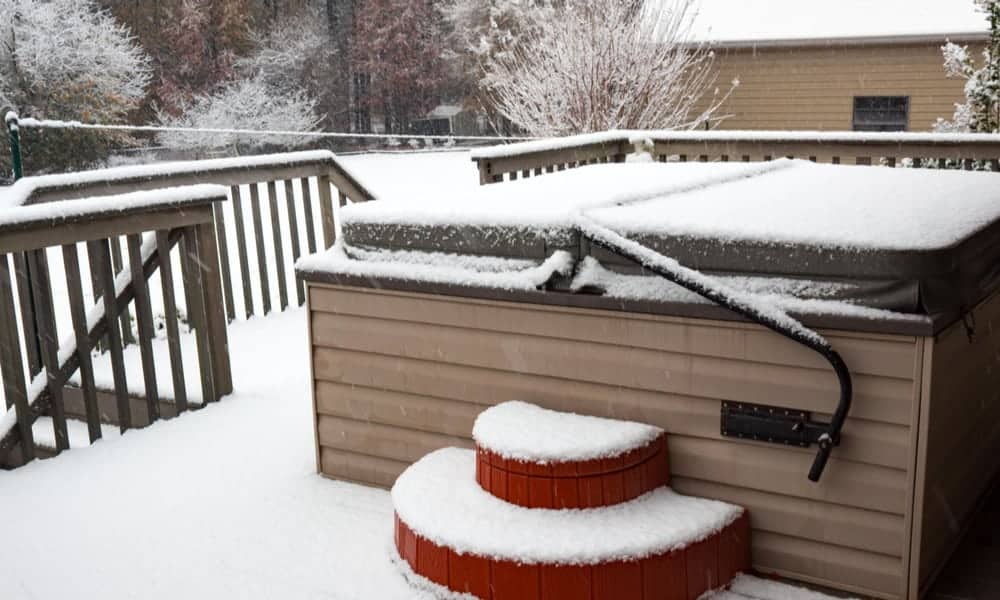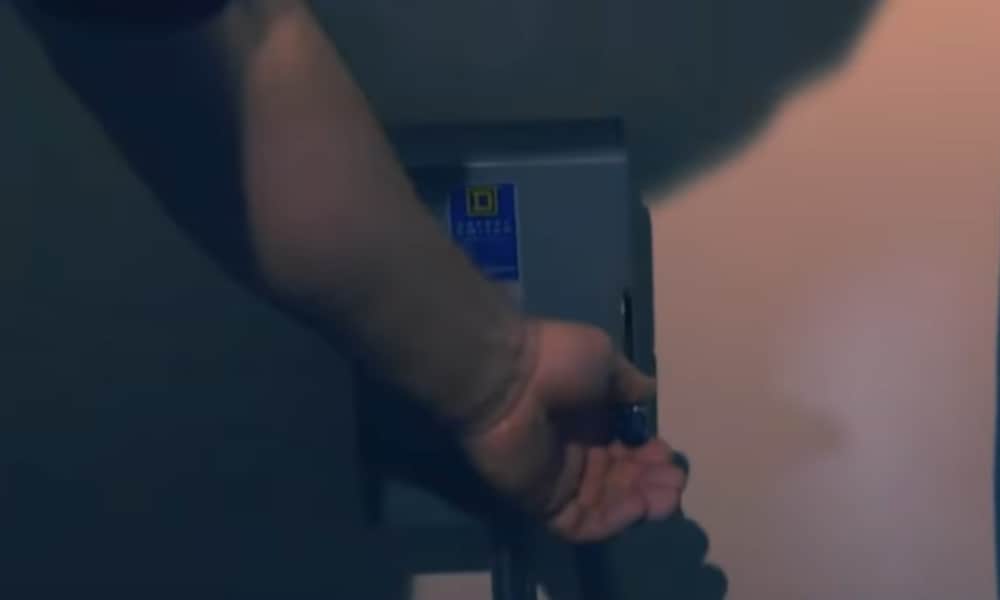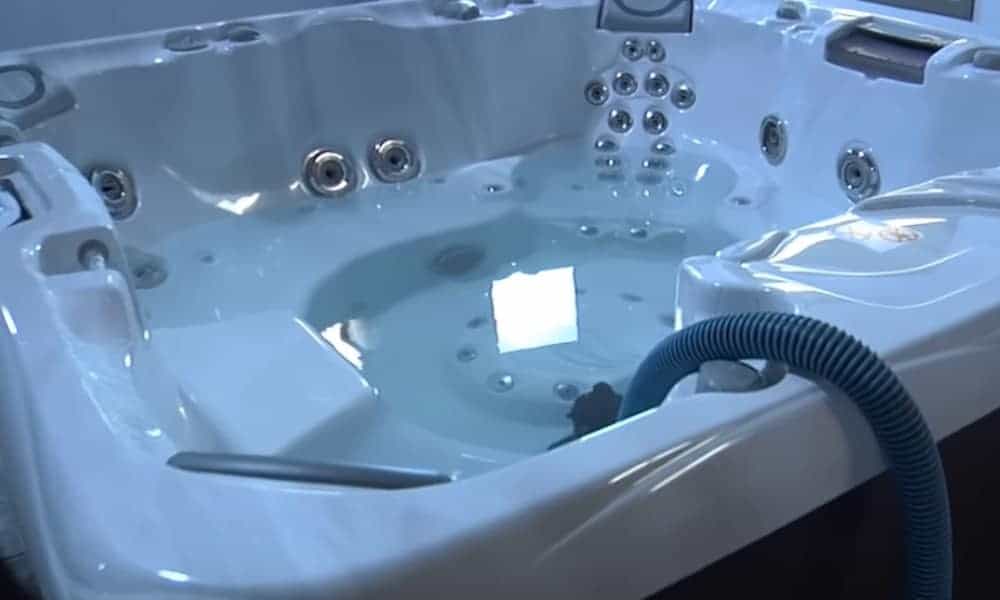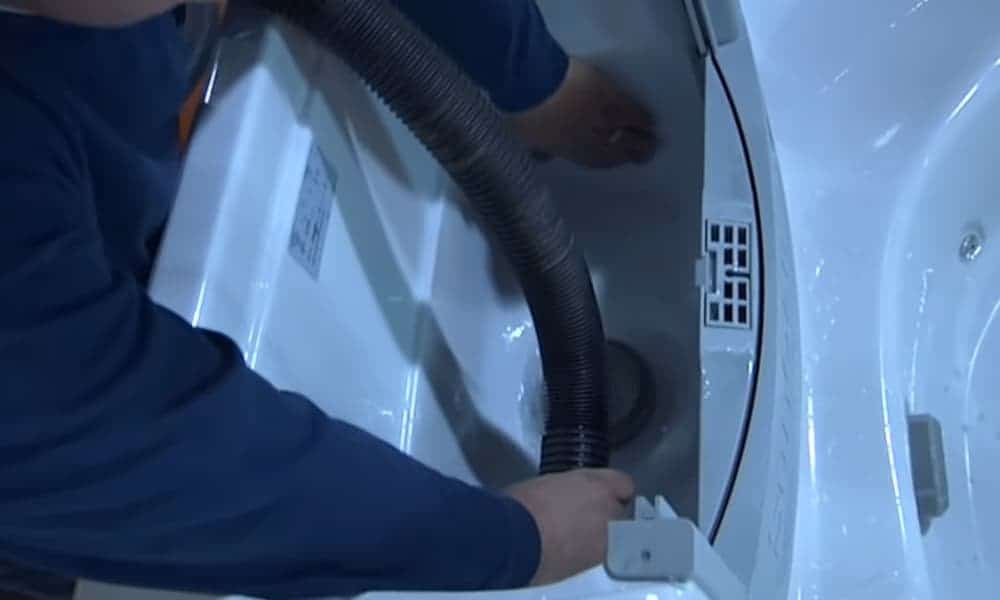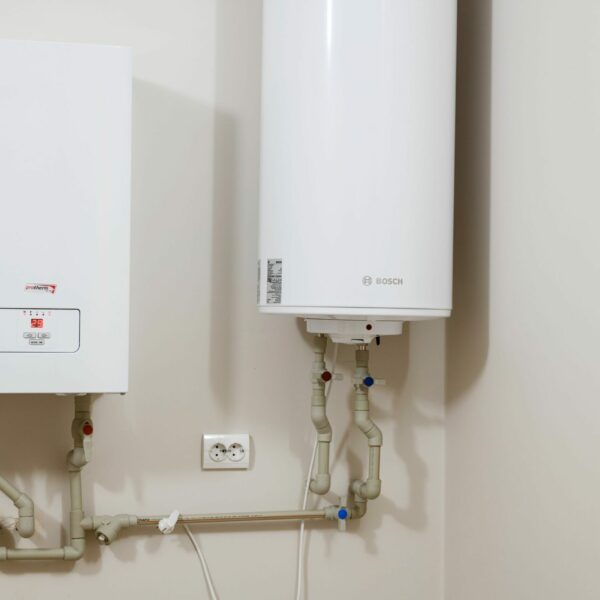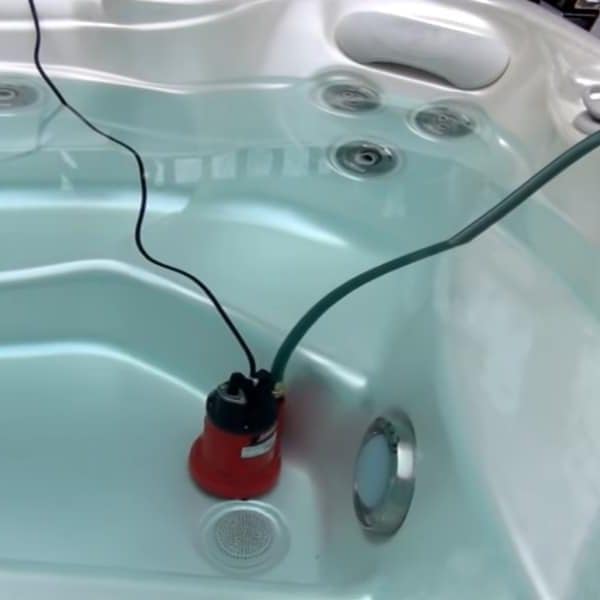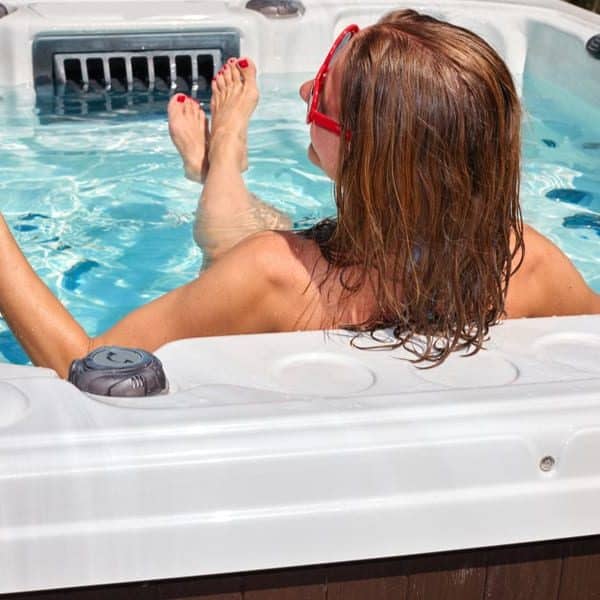When the days begin to shorten and the evenings grow colder as the year draws to an end, the thoughts of hot tub owners begin turning to the annual ritual of winterizing their tub. This is the time of year for emptying your spa and preparing it for its yearly hibernation.
If you are a new hot tub owner or are considering winterizing your tub for the first time, you will probably be wondering about how to complete the process. So, for anyone who needs to know, here’s our guide to how to winterize a hot tub.
If you want a preview of some of the things we’re going to be talking about, you can check out this video before reading on.
Should you do it?
Before we look at how to winterize a hot tub, let’s take a step back and ask ourselves a couple of questions. Why do we need to winterize a hot tub? And is it really necessary?
The first of these questions has a simple answer. When water freezes, it expands, and if it is it doesn’t have a space to expand into, it will break whatever is restraining it. This means any water that freezes in your hot tub’s pipes will cause them to crack, split and burst.
For this reason, if you are going to shut your hot tub down for the winter, it is imperative to remove all the water from inside the pipes, jets and everywhere else to prevent expensive damage from occurring.
The second question is not so simple, and there are two schools of thought. One says that you should turn your hot tub off each winter while the other says you should just leave it running. Let’s look at both options now.
When not to winterize your hot tub
Hot tubs are designed to work even during cold weather. If you leave your hot tub running, it will maintain the water temperature, and since the hot water won’t freeze, there is no danger of damage, even in the coldest months.
This means if you want to use your hot tub all winter, you can, so if you plan to use it, just leave it on.
Most modern hot tubs don’t consume too much energy just maintaining water temperature, and in most places, the coldest weather with the possibility of frozen water only lasts a maximum of three months or so.
The amount of money you will save by turning your hot tub off just for a couple of months will be minimal, even if you don’t use it at all. However, the process of winterizing a hot tub is a hassle and can take three or four hours to complete.
If you plan to stay at home most of the winter and will be able to check your tub every week or two for maintenance the same as you would throughout the rest of the year, you may as well leave it on. Giving it a winter break won’t extend its life.
Even if you plan to go away for an extended period, if you have a trusted neighbor who can check it every week or two, you can still leave it on all winter.
Another point to note is that in areas that never see freezing temperatures, there is no need to winterize your tub since there is no risk of freezing water damaging your pipes.
In short, as long as the water doesn’t freeze in the pipes, your tub will be fine. So don’t go through the process of winterization if you don’t need to.
When to winterize your hot tub
There are, however, some circumstances in which you may choose to winterize.
For example, if you are going to be away for an extended period during the winter – more than a month or two, for example – and nobody is going to be using your tub or be available to do basic maintenance, you might choose to drain it. In this case, winterizing will be necessary.
Similarly, if your tub is located in a place where you won’t be using it or be able to complete basic maintenance activities – in a second home, for example – you are better off preparing it for the winter.
Don’t automatically assume that all tubs need to be winterized every year. Sitting in a hot tub when the snow is falling around you can be a magical experience, but in certain situations, it may be necessary.
Overview of general principles and what you need
So what does winterizing your tub entail? In a nutshell, it involves draining your tub and ensuring there is no water left trapped anywhere that might freeze, expand and damage your tub when the mercury starts to drop.
After that, it’s simply a case of protecting it from the elements – as well as any critters that might want to make it their winter home – until the time comes to fill it up and turn it back on again.
Before you start, you will need the following:
- Wet/dry shop vac with blower capability
- Garden hose
- Sump pump/syphon (optional)
- Cloths or towels for drying
Here’s how to do it.
Step-by-step Guide on How to Winterize a Hot Tub
Step 1. Turn off the power
The first step is to ensure your tub is not connected to a power source, so turn off the breaker. If it is a 110V unit, just unplug it from the power outlet.
Step 2. Drain the water
Once the power is off, you need to remove the cover and drain the tub. You can do this by attaching a garden hose to the tub’s bottom drain spout and let gravity do the rest.
Alternatively, you can use a syphon or a sump pump to pump the water out. When it’s empty, leave the drain spout open.
Step 3. Turn off heater and turn on blower
Next, make sure the heater is turned off – this is very important since turning the heater on when the tub is empty will damage it.
Replace the cover, turn the power back on and activate the tub’s blower for about 30 seconds to remove any water from inside.
When this is finished, turn off the blower, turn the power off again and remove the cover.
Step 4. Remove and clean the filter
Remove the filter and make sure no water remains in the filter compartment you can use the shop vac or towels for this. This is also a good opportunity to clean the filter ready for next season.
Step 5. Unscrew all fittings on pump and heater
Open the panel to gain access to the pump and heater. Unscrew any fittings and use a shop vac to blow out any water that remains. You can leave the fittings open all winter – this way, if any water is left inside, it will have space to expand and won’t cause any damage.
Step 6. Clear water from jet pipes
At this point, there will still be water in the jet piping that you need to clear. Make sure all the jets are fully open and go around to each one with the shop vac on blow mode to eject any water that’s still inside. To be sure, you can do this twice.
If you want to see how it’s done, there’s a good section in this video you can watch.
Step 7. Suck up any water left in the tub
When you have finished blowing water from the jets, suck up any water that’s left in the bottom of the tub using your shop vac. This might also be a good moment to give the inside of your tub a deep clean since it won’t be empty very often.
Step 8. Replace the covers
Make sure everything is completely dry – you can let it air-dry or use towels – and then replace the cover. Lock it in place and make sure it is animal-proof. Otherwise, your hot tub may become a luxury winter home for an opportunistic critter.
Make sure all the compartments are also securely shut up for the same reason.
Your tub is now ready for its annual hibernation.
Tips to Winterize a Hot Tub
-
Don’t use antifreeze
Some people might advocate using antifreeze in the pipes. However, if you follow our guide correctly, there’s no need since there should be no water left in the pipes. Antifreeze is a nasty chemical that’s hard to wash out of the pipes, and you don’t want that in your tub.
-
Do it before the cold weather arrives
If you decide to winterize, do it before the cold weather arrives. If you do it when temperatures are already below freezing, water may freeze in the pipes as you are working.
-
Call in a pro
If you are methodical and thorough, there’s no reason why you can’t drain and winterize your tub by yourself. However, if you are not confident – or are just feeling lazy – another option is to call in a pro to do it. That way, you know your tub will be safe for the winter.
Only do it if you need to – but do it properly
The first thing to understand is that you don’t have to winterize your tub every year – you should only do it if you really need to. If you’re not going anywhere, you may as well leave it on, even if you probably won’t use it.
However, if you decide you do want to winterize it, the most important thing is to do a good job. Make sure that no water is left trapped in any of the pipes or anywhere else, and your tub will survive the winter with no accidents and will be ready for use next spring.
